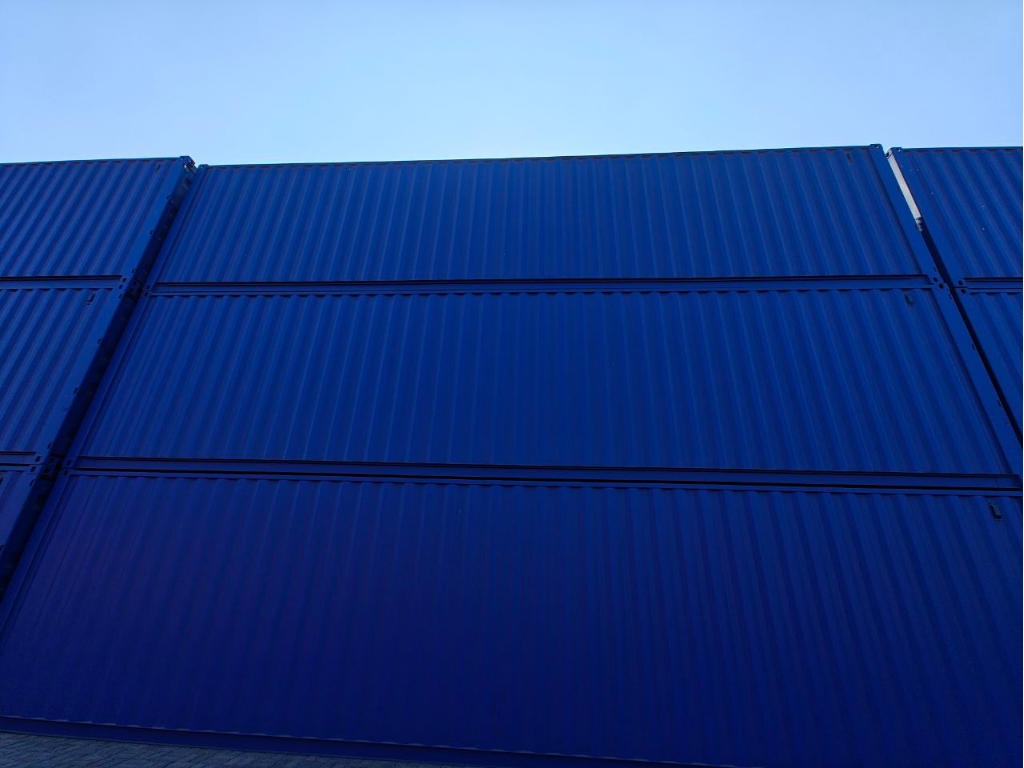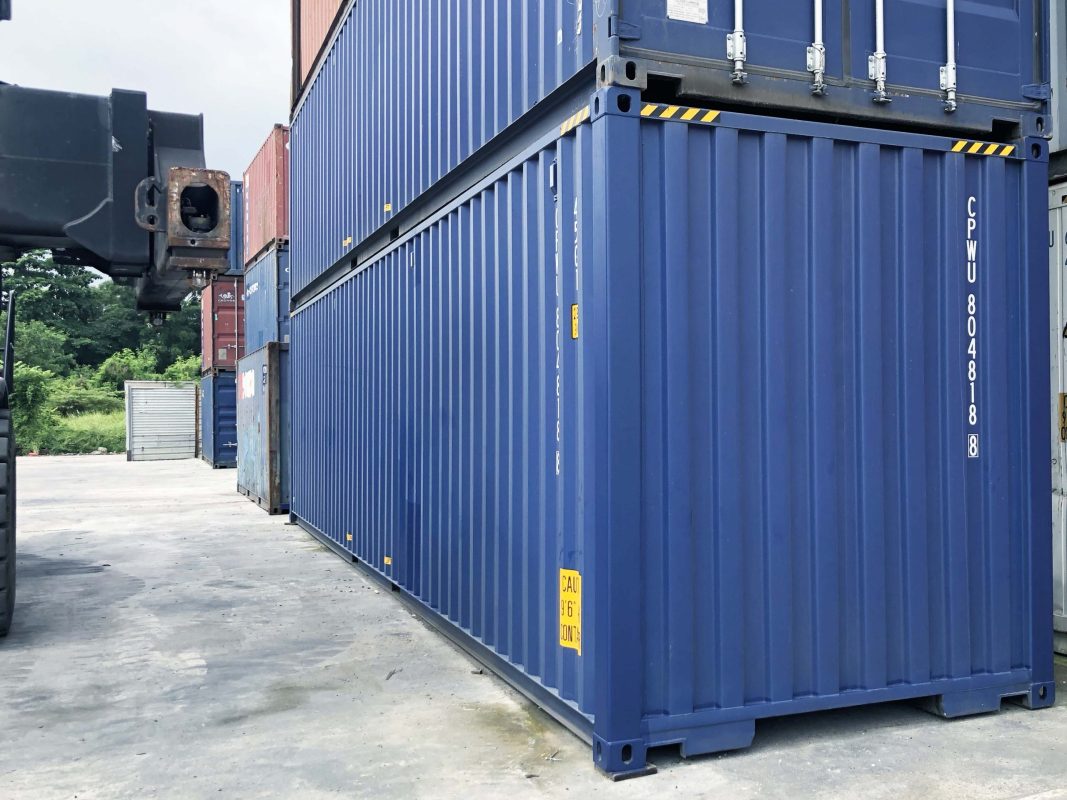The Pros and Cons of Living in a Shipping Container Home
In recent years, shipping container homes have garnered significant attention as a sustainable and innovative alternative to traditional housing. Their growing popularity can be attributed to their versatility, affordability, and eco-friendly nature. However, like any housing option, shipping container homes come with their own set of advantages and disadvantages. In this article, we’ll delve into the pros and cons of living in a shipping container home to help you determine if this unconventional living arrangement is right for you.
Pros
1. Affordability
One of the most compelling reasons to consider a shipping container home is its cost-effectiveness. Shipping containers are often less expensive than traditional building materials, and their availability can lead to significant savings on construction costs. Additionally, the simplicity of the design and the reduced need for extensive foundational work can further lower the overall expenses.
2. Sustainability
Shipping container homes are a prime example of sustainable living. By repurposing used containers, homeowners contribute to reducing waste and minimizing the demand for new building materials. The durability of steel containers also means they can withstand harsh weather conditions, potentially reducing the need for frequent repairs or replacements.
3. Durability
Shipping containers are built to endure the rigors of international transport, making them incredibly sturdy and resilient. Their steel structure is resistant to pests, fire, and extreme weather conditions, providing a high level of durability and safety for residents.
4. Customizability
Contrary to the perception that shipping container homes are restrictive, they offer a surprising degree of customization. Containers can be modified and combined in various ways to create unique and functional living spaces. From expanding with additional containers to incorporating large windows and modern amenities, the design possibilities are vast.
5. Mobility
For those who value flexibility and mobility, shipping container homes can be an excellent choice. They can be transported relatively easily, allowing homeowners to relocate their home with less hassle than traditional structures. This mobility is particularly appealing for those who prefer to live in different locations or want to explore various landscapes.
Cons
1. Insulation Challenges
One of the significant drawbacks of shipping container homes is the challenge of insulation. Metal containers can be prone to temperature extremes, with high heat in the summer and cold temperatures in the winter. Proper insulation is essential to make these homes comfortable year-round, which can add to the overall cost and complexity of construction.
2. Limited Space
While shipping containers offer creative design possibilities, their inherent size limitations can be a challenge. Standard containers are typically 8 feet wide, 8.5 feet high, and either 20 or 40 feet long. This compact space can pose difficulties in accommodating larger families or creating expansive living areas without significant modifications.
3. Permitting and Zoning Issues
Depending on your location, building a shipping container home may involve navigating complex zoning laws and permitting requirements. Some areas have strict regulations that may not easily accommodate container homes, potentially leading to delays or additional costs. It’s crucial to research local building codes and obtain the necessary approvals before embarking on a shipping container project.
4. Potential for Rust and Corrosion
Although shipping containers are designed to be durable, they are susceptible to rust and corrosion over time, especially in humid or coastal environments. Proper maintenance, including regular inspections and protective coatings, is necessary to prevent deterioration and ensure the longevity of the container home.
5. Aesthetic Considerations
While many people appreciate the industrial aesthetic of shipping container homes, others may find them less visually appealing compared to traditional homes. The utilitarian appearance of containers may not blend seamlessly with certain architectural styles or neighborhood settings, which can affect property values and homeowner satisfaction.
Conclusion
Living in a shipping container home presents a range of benefits, from affordability and sustainability to durability and customization. However, it also comes with challenges, including insulation issues, limited space, and potential permitting complications. Before deciding if a shipping container home is right for you, carefully consider these pros and cons in the context of your lifestyle, preferences, and long-term goals. With thoughtful planning and preparation, a shipping container home can offer a unique and rewarding living experience.




